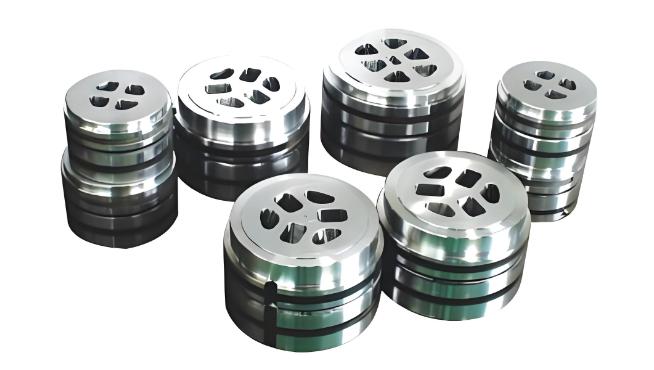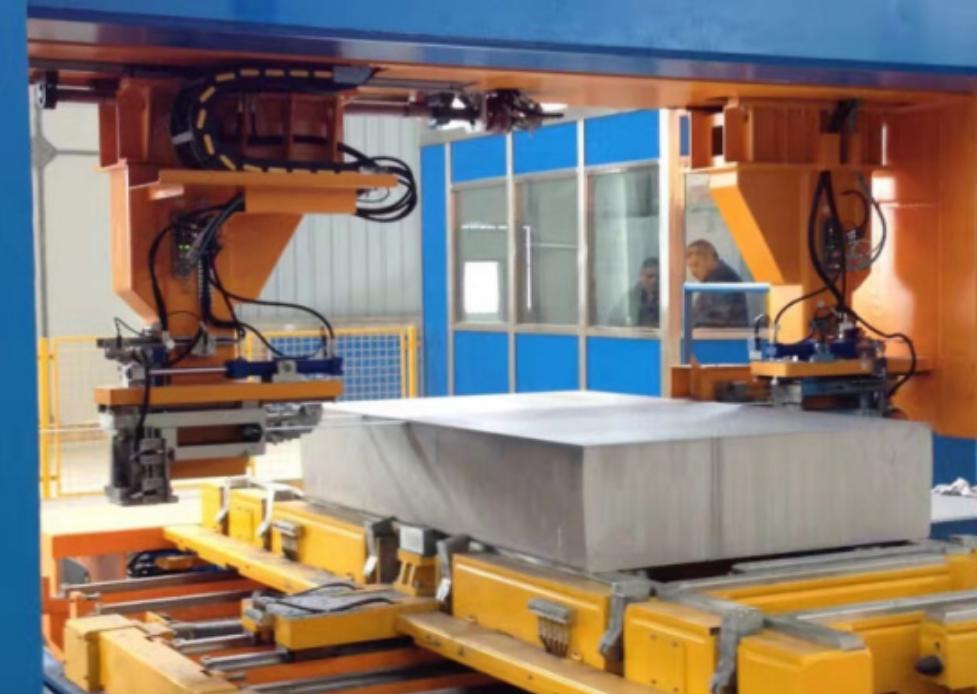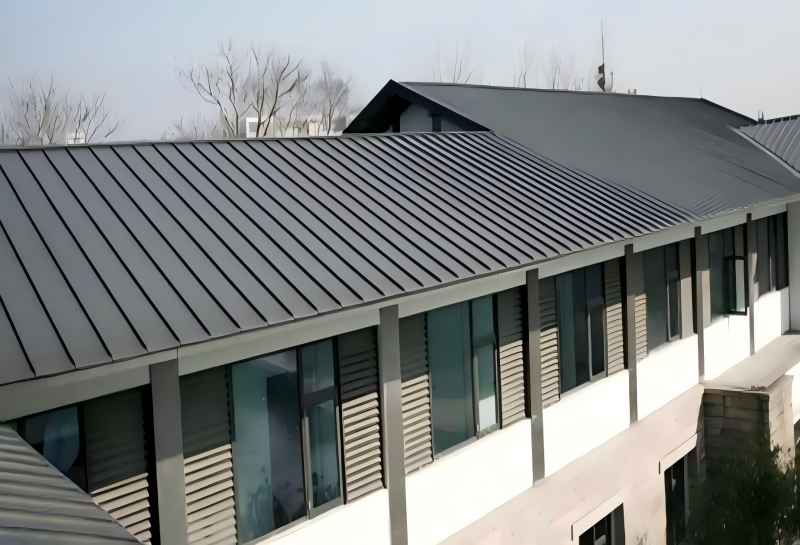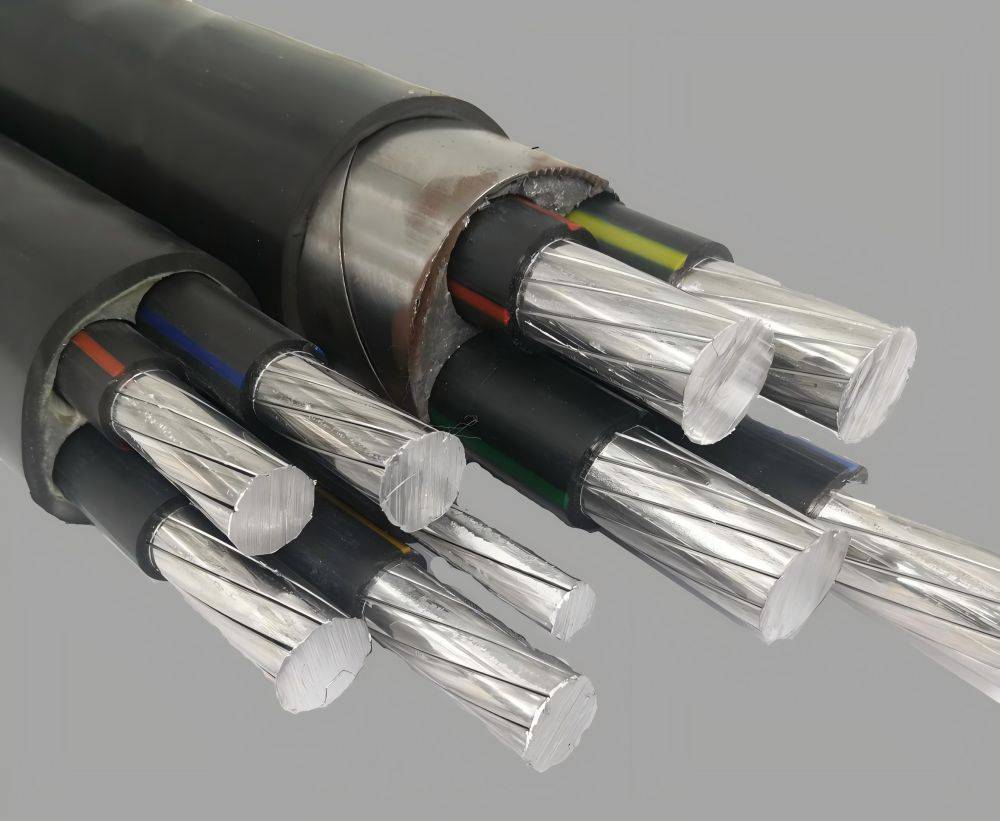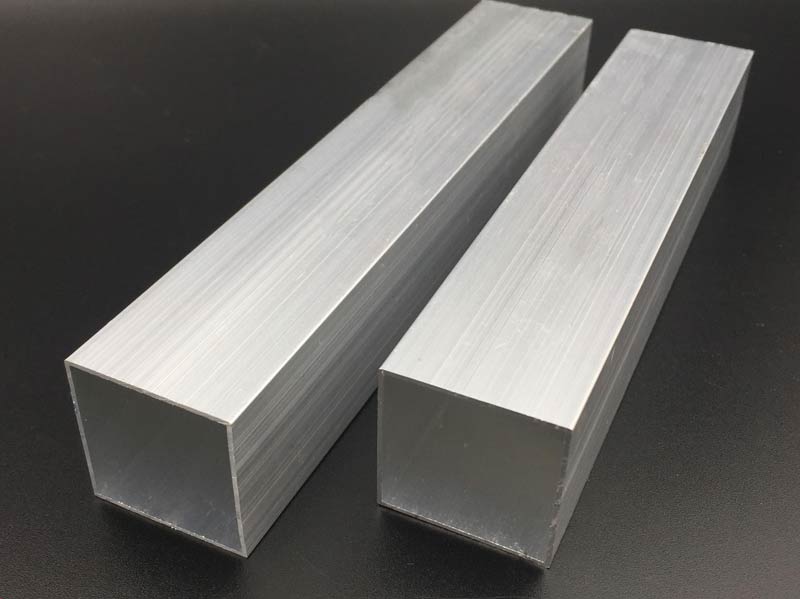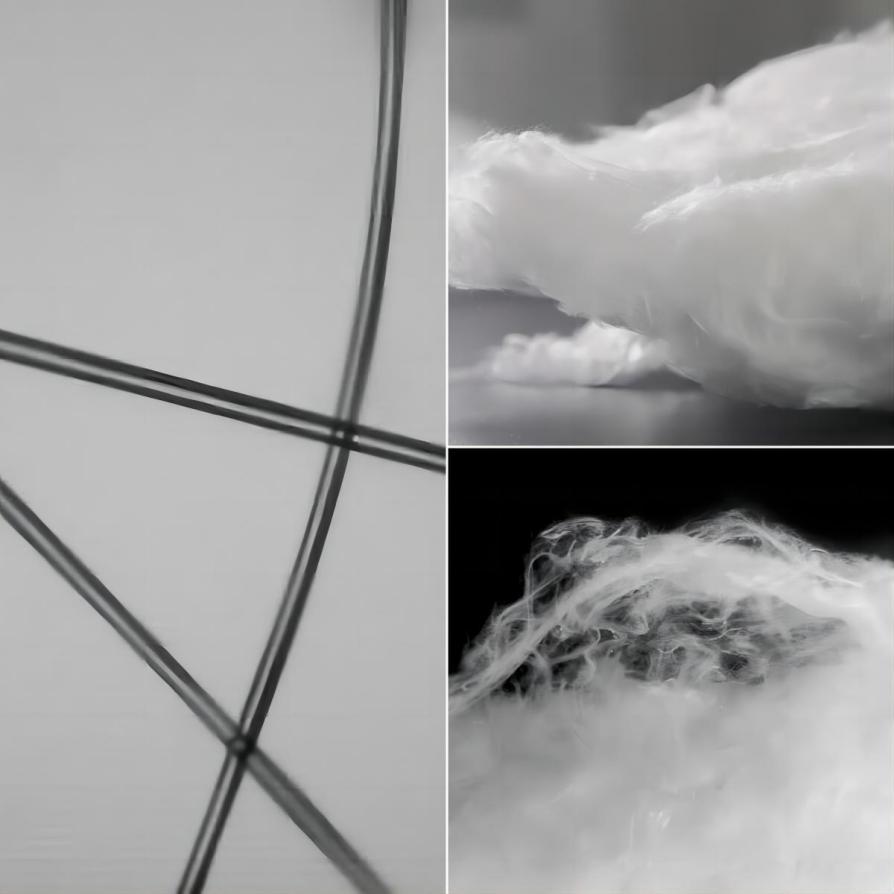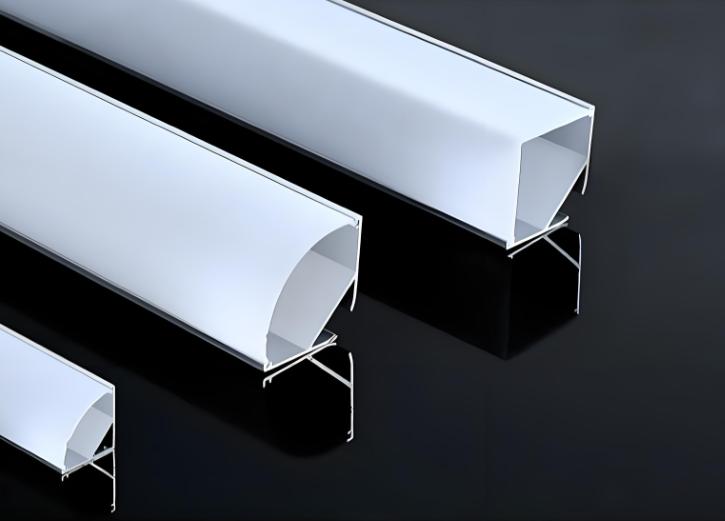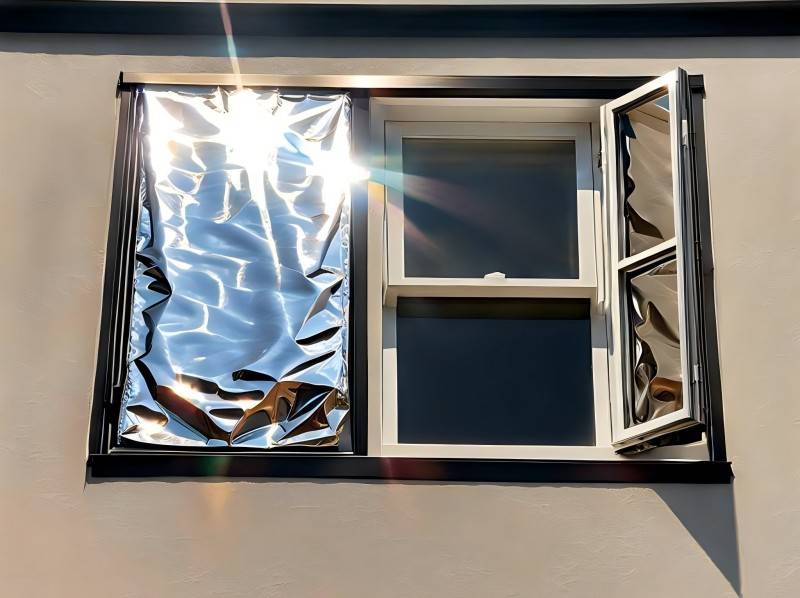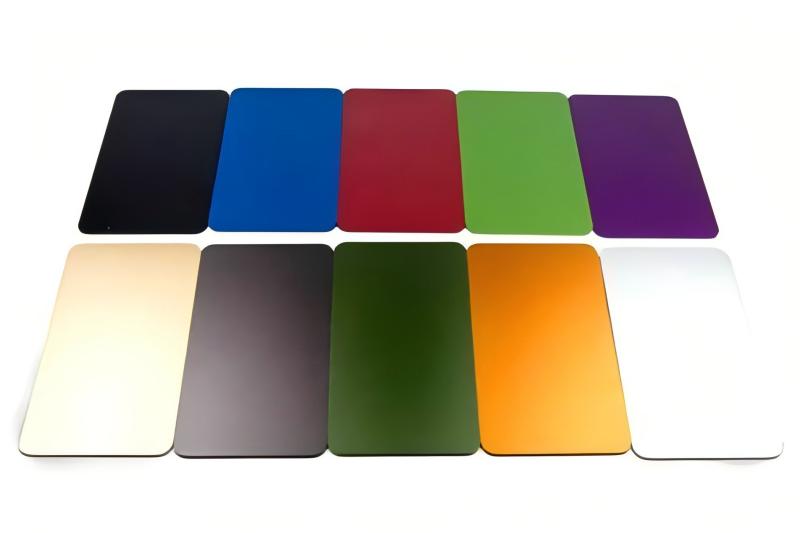The Relationship Between Aluminum Extrusion Molds and Product Performance
Aluminum extrusion has become a cornerstone of modern manufacturing, offering a versatile method to shape lightweight and strong aluminum products used across multiple industries. From automotive parts to building structures, aluminum extrusions…
Common Methods and FAQs for Aluminum Plate Processing
Aluminum plates are a versatile material widely used in various industries, from construction to automotive and aerospace. Their lightweight nature, excellent corrosion resistance, and strength-to-weight ratio make them an ideal choice for…
Top 10 Applications of Aluminum Housing
Aluminum housing has become a critical component in various industries due to its unique properties such as lightweight, durability, corrosion resistance, and excellent thermal and electrical conductivity. These attributes make aluminum…
Structural Aluminum Tubing in Architecture: Main Types and Applications
In modern architecture, the materials chosen for construction and design significantly impact the strength, aesthetics, and sustainability of a building. Among these materials, structural aluminum tubing stands out as a versatile and…
Features and Lifespan of Aluminum Composite Roof Panels
Aluminum composite roof panels (ACP panel roof) have gained immense popularity in the construction industry due to their lightweight, high strength, and versatility. These panels combine aluminum with other materials, offering a…
Choosing the Right Aluminum Wire for Your Electrical Project
Aluminum wire has become a viable and popular alternative to copper for electrical applications due to its lightweight nature, affordability, and excellent conductivity. While copper has long been the standard, aluminum…
Selecting the Aluminum Rectangular Tubes for Construction
Aluminum rectangular tubes have become a crucial material in the construction industry due to their versatility, durability, and ease of fabrication. Among the various types of aluminum alloys, the 6061…
The Impact and Potential of Polycrystalline Alumina Fibers in Modern Industry
Polycrystalline alumina fibers are rapidly gaining recognition for their exceptional physical and chemical properties, making them a valuable material across various industrial applications. These fibers, crafted from high-purity alumina (Al₂O₃) through…
3 Points to Know About Aluminum Floor Sheet for Truck Cargo Boxes
Aluminum floor sheets have become a popular choice for truck cargo boxes due to their lightweight, durability, and corrosion resistance. Whether you’re in the logistics business or manufacturing trucks, understanding the key…
Choosing the Perfect Aluminum Profile for LED Tape
LED tape lighting has revolutionized the way we illuminate our spaces, offering flexibility, energy efficiency, and a sleek aesthetic. However, to get the most out of LED strips, aluminum profiles…
Top 8 Functions of Aluminum Foil on Windows
The application of aluminum foil in the home field, especially as a window insulation material, is often overlooked by people. Actually, putting aluminum foil on windows can not only effectively improve…
Colored Anodized Aluminum Sheets: Coloring Techniques and Applications
Aluminum is a highly versatile material that has gained popularity in various industries due to its lightweight, durability, and corrosion-resistant properties. One of the key enhancements that improve its aesthetic…

